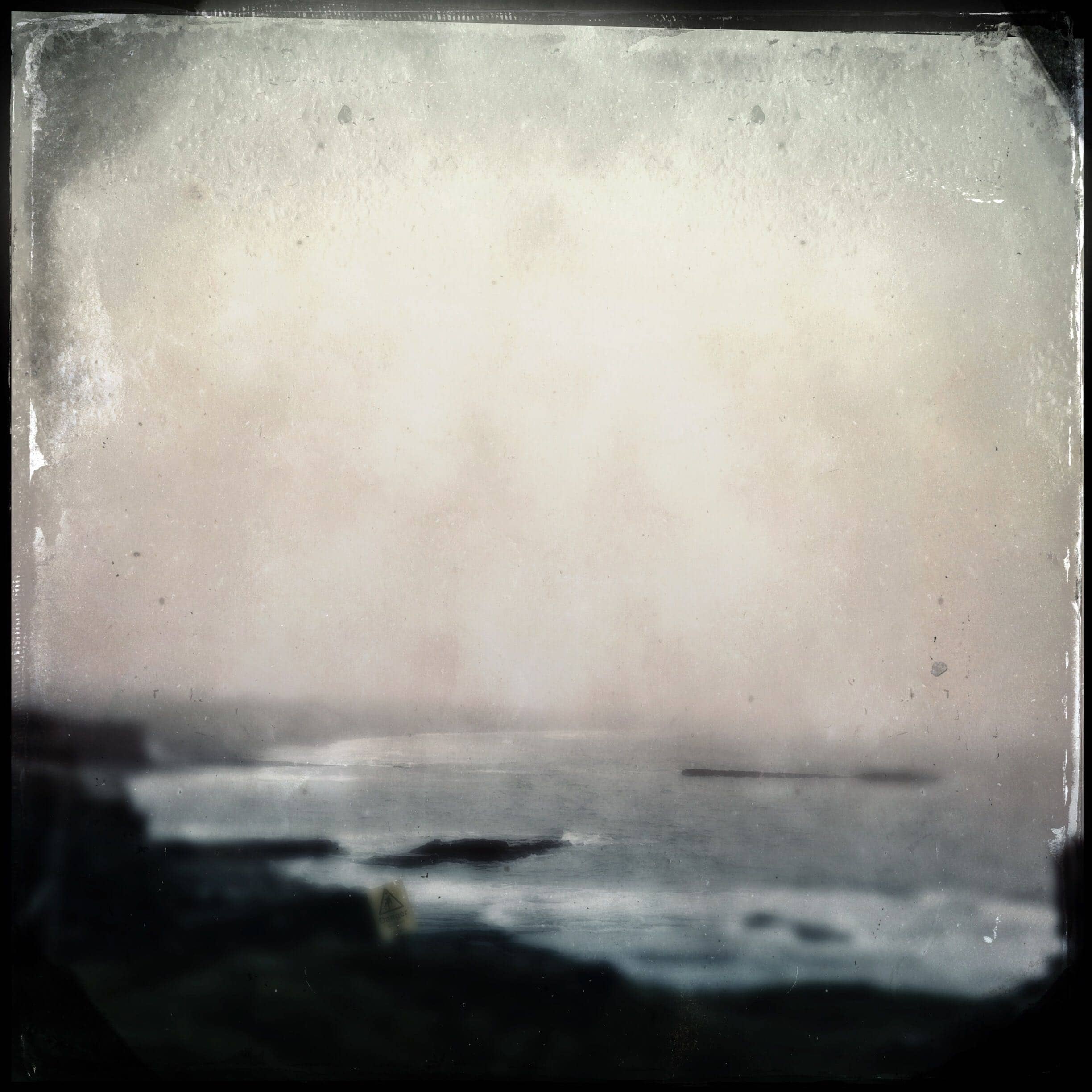Spectral Spanish Point
Suggested listening (it’ll set the mood):
[soundcloud url=”https://api.soundcloud.com/playlists/118788198″ params=”auto_play=false&hide_related=false&show_comments=true&show_user=true&show_reposts=false&visual=true” width=”100%” height=”300″ iframe=”true” /]I was in Spanish Point, Co. Clare this weekend and just in time for some ethereally eerie mists. A profuse amount of airborne moisture would set anywhere into a horror film set but Spanish Point has the added bonus of decaying Victorian neo-gothic mansions, a bleak-looking (though highly functioning) pebble dash secondary school and a bloody history.
The name of the village comes from a calamity visited on two ships of the Spanish Armada as they struggled home via the west coast of Ireland. The San Marco and San Esteban were wrecked off the coast of Co. Clare. Sixty souls from the San Esteban and only four from the San Marco made it to the Clare coast where many were killed by native and English alike and the rest rounded up.
This episode really underlines the relative complexity of Irish history, very often presented as an “us and them” war against English oppression. One must wonder at what incentivised the “oppressed catholic” native to so viciously turn on the natural ally of the catholic Spanish. Was it fear of recrimination? Was it greed for the salvage? We may never really know.
“… we authorise you to make inquiry by all good means, both by oath and otherwise, to take all the hulls of ships, stores, treasures, etc. into your hands and to apprehend and execute all Spaniards found there of what quality so ever. Torture may be used in prosecuting this inquiry.” – William Fitzwilliam, Lord Deputy of Ireland.
The local ruling class were also native. Through surrender and regrant, ancient gaelic chieftains and kings had become local lords in the service of the English crown, meting out its justice.
Turlough O’Brien, of the Dál Cáis Kings of Munster and High Kings of Ireland (Brian Boru) with Boetius Clancy, High Sheriff of Clare, George Cusack, Captain Mordaunt and a Mr. Morton presided over the mass execution of the surviving Spanish soldiers and sailors at Cnoc na Crocaire.
They were entombed in a mound now known as Tuama na Spaineach, bestowing a bloody back story on the scenic village of Spanish Point.
Looking out at a violent sea with this village shrouded in mist, you could almost script a fairly scary ghost movie with all the trappings of tragedy, gothic ruins and perfidious weather.
These photos have been processed a bit to amplify the atmosphere. Having been to Spanish Point before I can attest that it’s usually a thriving and scenic seaside village that’s well worth a visit. On Saturday however, it truly had the semblance of the tomb of restless dead Spaniards…
Further reading – Clare Library
